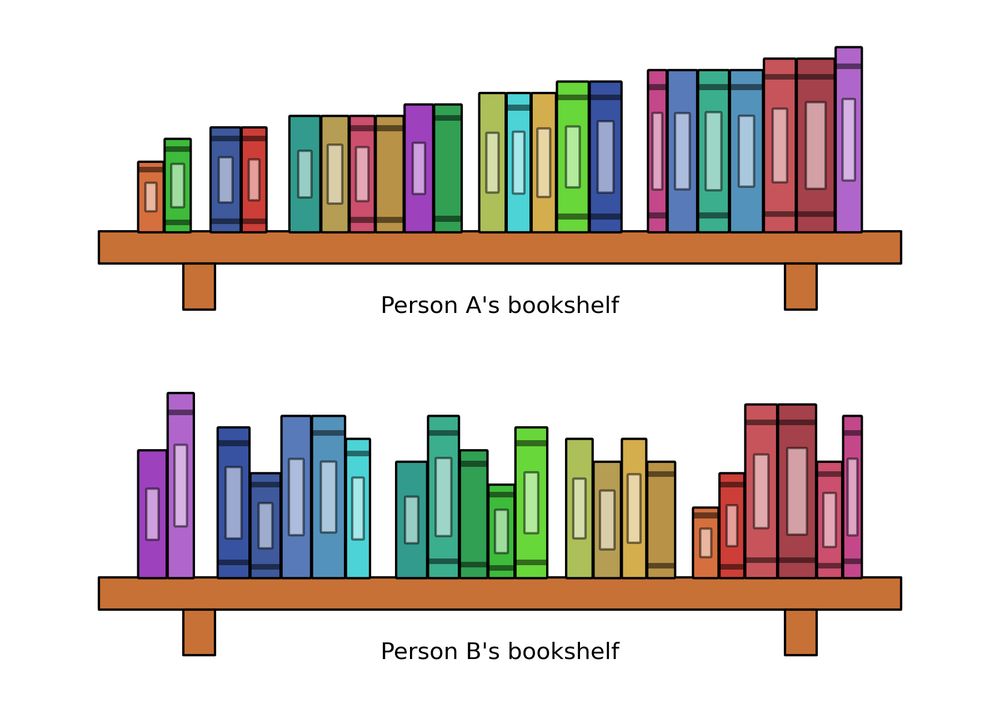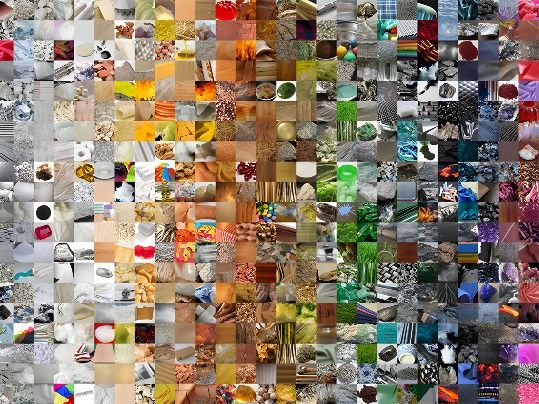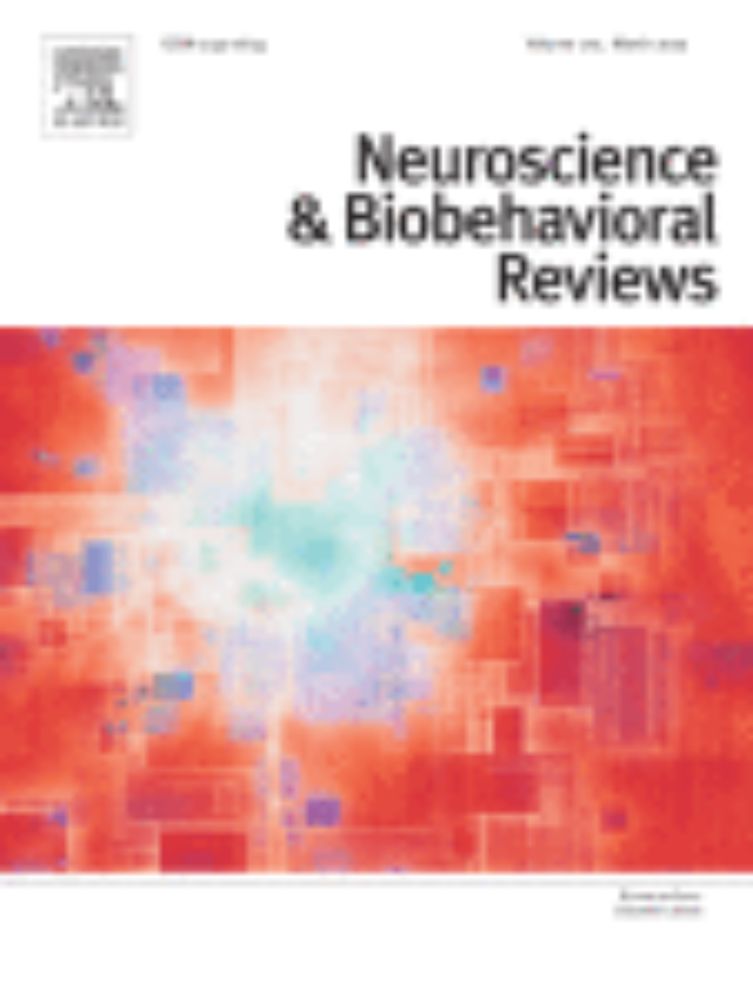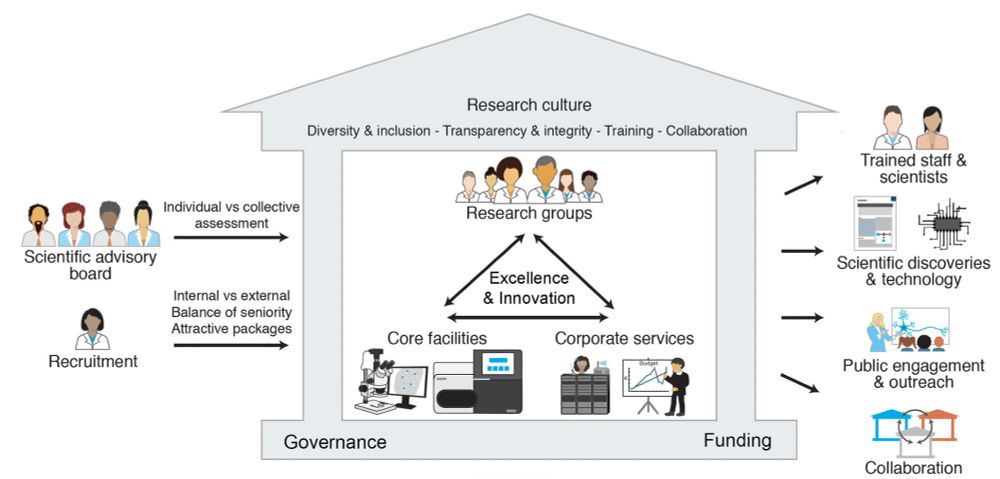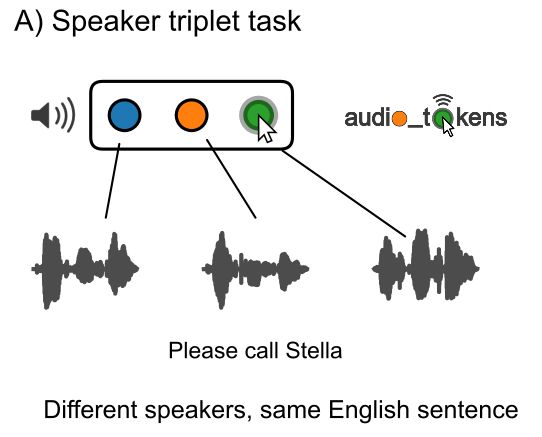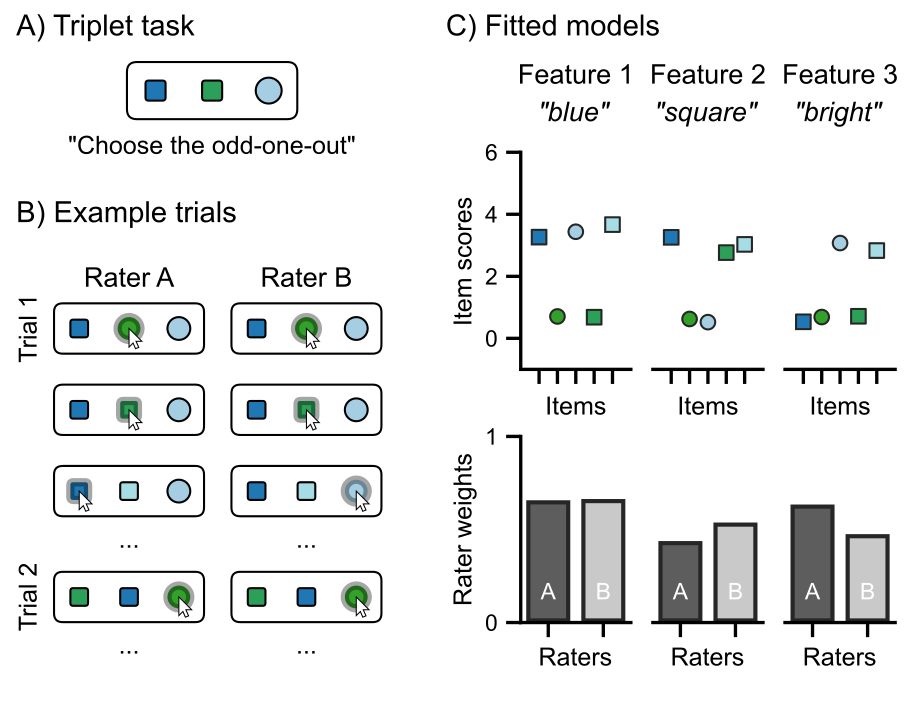Peter Donhauser
@pwdonh.bsky.social
240 followers
380 following
30 posts
Cognitive Neuroscience Researcher | Speech & Audition | MEG
Frankfurt, Germany
https://scholar.google.com/citations?user=276f1C0AAAAJ
Posts
Media
Videos
Starter Packs
Pinned
Peter Donhauser
@pwdonh.bsky.social
· Aug 29
Peter Donhauser
@pwdonh.bsky.social
· Aug 29
Peter Donhauser
@pwdonh.bsky.social
· Aug 19
Peter Donhauser
@pwdonh.bsky.social
· Jul 23
Reposted by Peter Donhauser
Liberty Hamilton
@libertysays.bsky.social
· Mar 19
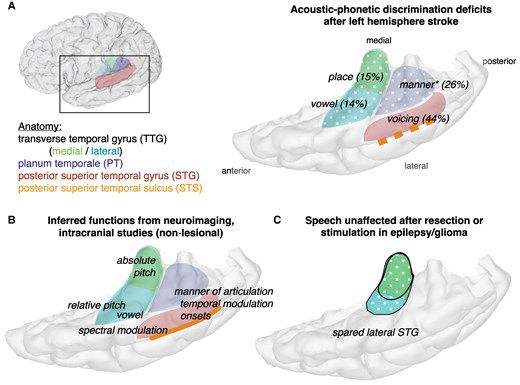
Converging and conflicting evidence for left temporal lobe regions in acoustic-phonetic perception
This scientific commentary refers to ‘Lesion correlates of impaired acoustic-phonetic perception after unilateral left hemisphere stroke’ by Binder et al.
academic.oup.com
Reposted by Peter Donhauser
Reposted by Peter Donhauser
Sophie Greenwood
@sjgreenwood.bsky.social
· Mar 10
Reposted by Peter Donhauser
Reposted by Peter Donhauser
Reposted by Peter Donhauser
Mariya Toneva
@mtoneva.bsky.social
· Feb 28
Peter Donhauser
@pwdonh.bsky.social
· Feb 14
Reposted by Peter Donhauser
Peter Donhauser
@pwdonh.bsky.social
· Feb 6
Peter Donhauser
@pwdonh.bsky.social
· Feb 6
Peter Donhauser
@pwdonh.bsky.social
· Feb 6
Peter Donhauser
@pwdonh.bsky.social
· Feb 6
Peter Donhauser
@pwdonh.bsky.social
· Feb 6

